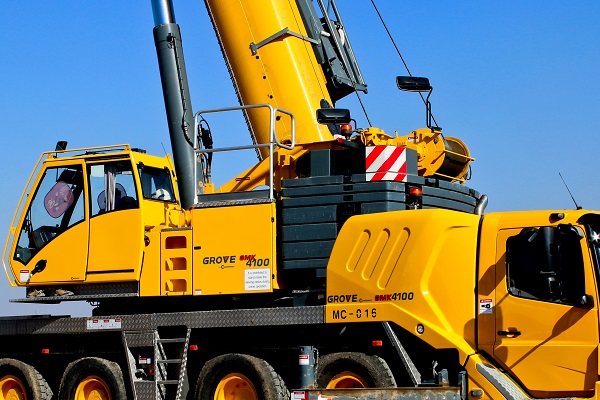Typically, home improvement projects don’t require the use of a crane, unless the project involves a multi-level home or a large residential property. For these large-scale building or renovation jobs, contractors will have to choose among different types of cranes depending on the project’s needs and specifications.
If you and your contractor need to hire a crane for a particular project, you have to know that there should be a number of experts who must be present during the equipment’s actual operations.

Here is a list of critical members with a description of some of their responsibilities:
1. Crane operator
The primary responsibility of a crane operator is to lift and move massive and heavy loads using a crane. A crane operator must know how to operate the bulky machine without damaging the load or the surrounding property or injuring any of the construction personnel.
A crane operator has several other responsibilities other than using the site crane. For one, the operator ensures that the rest of the team is informed about the project and what needs to be done.
Before the crane rolls into the work site, the operator has to meet with the rest of the team. The following are a few aspects typically covered during the meeting:
- The job and/or project will be explained in detail. The whole team should know what needs to be done.
- All rules and regulation on the job site will have to be discussed as well.
- The team will also have to be informed about the location of the power lines, sinkholes and where other potential danger zones are located.
- All hand signals to be used while the operator will be using the crane will be discussed and agreed upon, too.
2. Rigger
Crane riggers are responsible for fastening the loads onto the crane. Their knowledge and expertise allow them to determine how much weight can be loaded onto the crane. This needs to be done in accordance with company procedures, policies, federal rules and regulations that apply to their project site.
Riggers may need to work with different types of cables, wires, chains, straps, pulleys, winches, sheaves and blocks during a lift. An experienced rigger must know how to pick and choose which type is appropriate for the job at hand.
In addition, riggers must also check and test the equipment before they are used on the job site. This is to ensure that the equipment works as smoothly as possible during the task.
3. Signal person
Sometimes referred to as spotters, they make sure that the crane is being operated properly. They may not be ones behind the crane but they are expected to know as much as the operators do.
The spotter also works as the operator’s eyes on the ground. Part of his responsibility is to inform the operator on what is around the load and the crane. Here are some of the things spotters need to do or look out for:
- Ensure that the rigging chain is not kinked, twisted or damaged.
- Check that the load weight is less than 90 percent of the crane’s designed capacity.
- Confirm that the load is lifted straight up from the ground.
- Verify that the hook is attached properly and located directly above the load’s center of gravity.
- Make sure that the boom deflection is greater than the specified safe load radius.
An observer uses voice commands or hand signals to direct the crane operator on where he should move the lift and move the load. The spotter also needs to let the operator know where the power lines and other hazard sites are located. To ensure safety, both the operator and spotter must also agree on how to send the signal and which signals mean what.
For voice signals, the command is performed in this order:
- Function
- Direction
- Distance
- Speed
- When the operator needs to stop
4. Site foreman
The site foreman has several responsibilities during the construction process. However, during crane operation, his main responsibility is to ensure that no unauthorized personnel enters the active work zone. This prevents injuries at the job site.
Working with massive loads and machines can be a dangerous endeavor. Making sure that well-trained, highly competent professionals are on site before, during and after a crane lift ensures that the task is completed with minimal risks.
AUTHOR BIO
Hermann Buchberger is the Founder and CEO of Active Crane Hire (ACH). He’s taken the company from start-up to Industry Leader offering the largest fleet of construction cranes in Australia. ACH launched a new type of crane previously unheard of in the Australian market: electric tower cranes. The company’s infrastructure and associated services now comprise a fleet of trucks and trailers, a crane-rigging team, mobile crane technicians, a fleet of service vehicles, and an extensive range of crane spare parts.